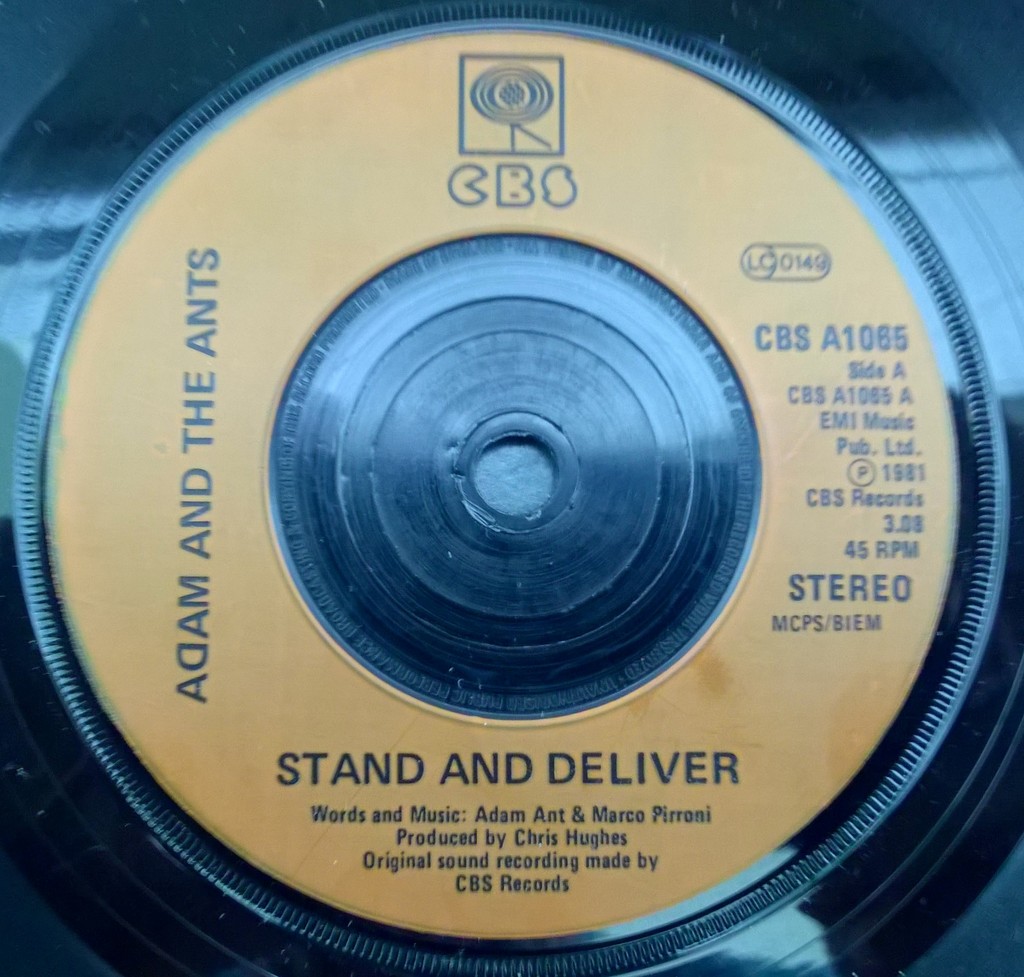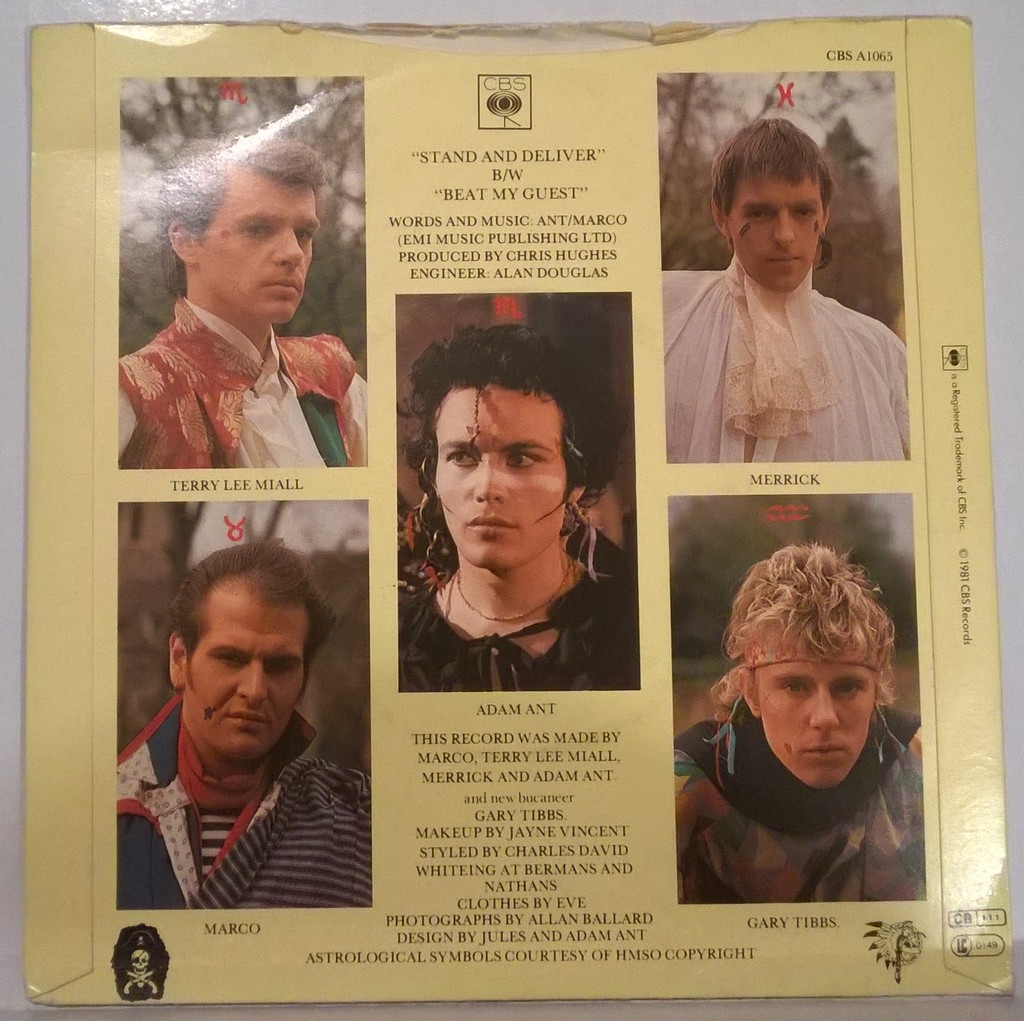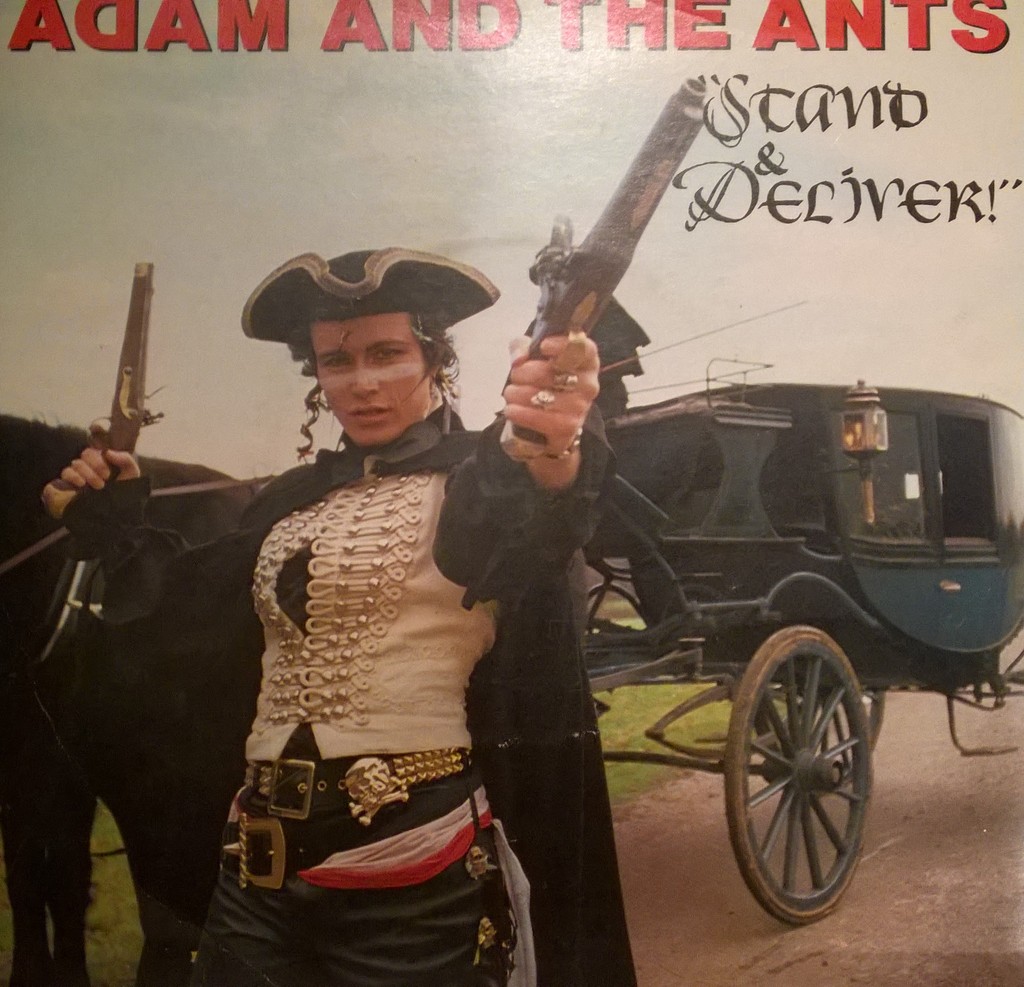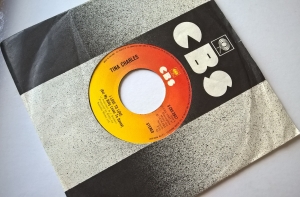During the early part of 1977, still only 15 years old I was studying for my High School examinations. When this song “Free” started to descend the UK charts I was in the last few months of school. In those days you could leave school and go into full time work when reaching 16 years old by August of that years schooling year. I was 16 in the July.

I passed my exams, I was then granted a place at the local college. This would have seen me then go onto University. Life didn’t work out that way for me. I actually took a full time job after taking an entrance exam for the Post Office. I took the job because it was money in my pocket, I was earning and contributing to society, and “free”, well, from education anyway.
This and her follow up single “That’s what friends are for” (UK#8) remind me of this time.
Under the name Deniece Chandler, she sang on a number songs for small labels, which in the UK during the early 1970’s would have been played under the banner of Northern Soul in small town clubs across the North West of England. You could say her big breakthrough came with “Free” (her first hit in the UK). At the time Deniece Williams was a new artist to me, and looking at the label of the single I did not realise it was produced in 1976.

Whilst writing this blog and delving deeper into the tracks I have purchased over the years, I keep coming up with writers, producers and performers who seem to in one form or another, have collaborated with each other several times. Lots of artists starting out having been backing vocalist for other well known performers who themselves then become the starting point for new up and coming artists. Writers and producers seem to crop up having hit songs with a multitude of singers or bands I have in my collection.
She signed a deal with Columbia records (US) and CBS (UK) and began working with Maurice White of Earth, Wind and Fire and Kalimba Productions. This was after previously doing back up vocals for Stevie Wonder in particular, his mega selling album “Songs in the key of life”, she also worked with Minnie Riperton and Roberta Flack.

Maurice White and production partner Charles Stepney worked together with Deniece on her debut album in 1976. “Free” was track recorded for the album which was called “This is Niecy”. Lyrically the song is about love, how she feels. The meaning of the words “I want to be free” I can see as being interpreted in a couple of ways such as the feeling of being free to express herself and be the real her, wanting to let go of inhibitions not just her, but her partner. Its an intense expression of love. Deniece has a beautiful soulful tone and in places has the delicate high register like Minnie Riperton.
When the track was released as a single it was in an edited form in a running time of 2:46. The album track is almost six minutes long. The single entered both the R&B chart and main Billboard Singles charts in the US. It climbed to #25 on the singles chart but #2 on the R&B chart. It also was a minor hit in Australia #57, reached top twenty in Belgium and The Netherlands and top forty in Canada. In Ireland it peaked #8.
At the beginning of April 1977 the song broke into the UK top 40 singles chart. It peaked at #1 for two weeks in May and had a 10 week run in the top 40. Deniece would enjoy another three top ten singles in the UK which would include a duet with stable mate Johnny Matthis.
Deniece wrote the B side “Cause you love me baby”. Another soulful vocal, in which she riffs up and down her large vocal range. This has a more up tempo vibe due to bass and drum lines. Love the backing vocals. Lyrically similar to “Free” as she describes how her lover makes her feel.











